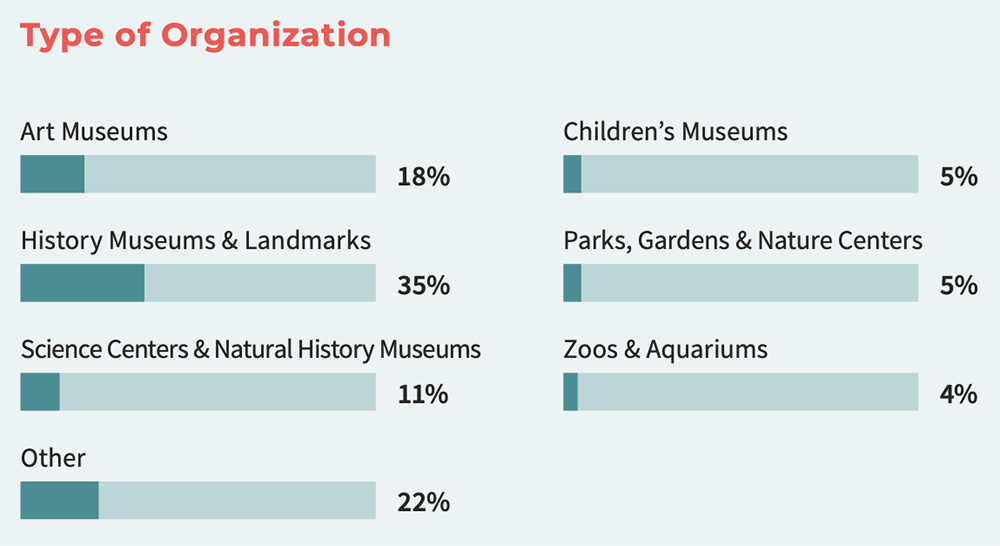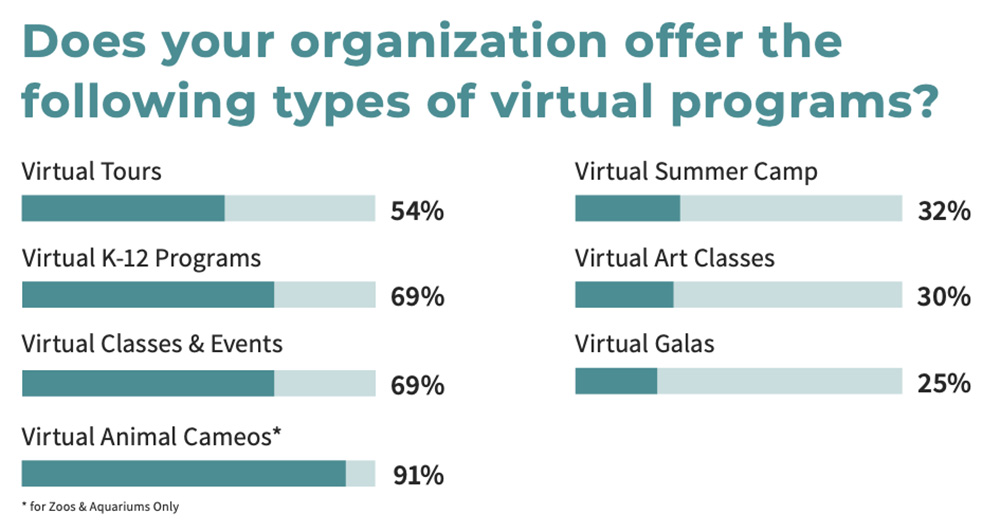Throughout the 2010s, the Travel Channel regaled American television audiences with Mysteries at the Museum, a 21-season show that unearthed secrets behind collection treasures with all the requisite historical half-truths, dramatic orchestral backings, and hammy reenactments. At the start of the 2020s, it was the turn of the museums themselves to entertain audiences through the screen.
The response was swift and all-encompassing, with 92 percent of the more than 500 cultural professionals questioned in a recent survey by Cuseum, a culture innovation startup, stating their institutions were now running virtual programming. If the sector’s first realization in lockdown was its ability to rapidly produce compelling digital content that audiences wanted, the second was the opportunity to create an entirely new revenue channel, not only as a stopgap measure for lost ticket sales and shuttered gift shops, but as a permanent programming feature.
But how profitable are virtual programs and where do they fit in a non-pandemic world? These, in essence, were the key questions broached by Cuseum’s survey, The Impact of Virtual Programs on Revenue Generation for Cultural Organizations, which outlined seven main digital offerings, and presented their popularity and costs alongside analyses that looked to the future.
The big picture

The survey’s respondents represented a range of cultural professionals working across various departments and organization types. Image: Cuseum
First off, the distribution of responding organizations was representative of the U.S. cultural landscape and included art museums, landmarks, children’s museums, parks, and zoos — the survey does, however, skew towards small and mid-sized organizations. Of the 92 percent to have launched virtual programing, 73 percent are already monetizing their offerings with “charging a fixed fee” the most popular mode of payment adopted by 57 percent of respondents.
It’s early days for the monetization of virtual programs and more than half of cultural organizations expect to generate less than $10,000 in 2021. Eight percent, however, anticipate raising more than $100,000 through digital programs, revenue potential which explains the fact 49 percent of respondents see it as an urgent priority in the year ahead.
Education first

While only 40 percent of museum directors considered digital “highly important” pre-COVID, 92 percent of institutions now offer virtual programs. Image: Cuseum
Perhaps unsurprisingly for organizations geared to serving the public and whose mission to facilitate learning was disrupted by the pandemic, education-centric digital programs were the most broadly adopted. While some initiatives, such as virtual summer camps, responded to the specific constraints of 2020 and may prove less appealing post-pandemic, most will endure after a year of experimentation.
Virtual K-12 programs continued the tradition of cultural organization supporting community schools, teachers, students, and parents. Given many organizations already employ staff focused on such programs, the labor required to pivot digitally was not extreme (60 percent said fewer than 10 hours per program). The most successful priced programs between $60 and $85 and saw returns of between $2,000 and $4,000 per event.
One of the earliest and most prevalent digital engagements to emerge last year was the virtual tour. Requiring minimal staff hours (69 percent said fewer than 10 hours), they allow institutions to engage live and then repurpose material “to serve as a passive stream of income.” Organizations that kept tickets under $25 boasted higher attendance numbers, with art museums having the most success, averaging $1,500 per virtual tour.
Screen glitz

Across all organization types, galas yielded an average revenue over $20,000. Image: Cuseum
Annual galas have long been a vital means of fundraising for cultural organizations. Those that braved online versions created well-coordinated, uniquely entertaining, and, most importantly from a stakeholder perspective, profitable virtual galas.
Although only 25 percent of respondents threw a virtual gala, there are significant advantages to doing so, including control, the removal of significant overhead costs, and the ability to expand guest invites. As with their physical counterparts, digital galas require considerable time investment with nearly 90 percent saying more than 20 staff hours were required. These efforts paid off with small institutions raising an average of $15,000 and larger ones as much as $120,000. For an initial try, the numbers are promising “the highest return on investment,” as Cuseum puts it.
The appeal and importance of glamorous (expensive) galas for cultural institutions is unlikely to wane in the post-pandemic economy. However, virtual versions, whether hybrid or adjacent to physical events, will certainly play a role in fundraising thinking.



